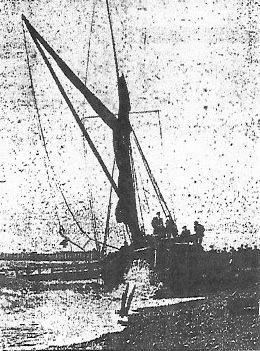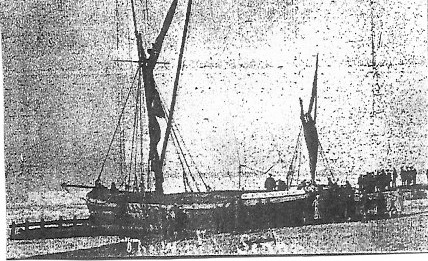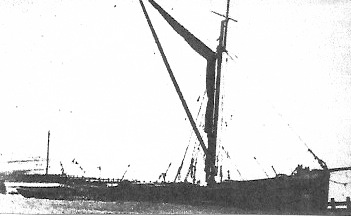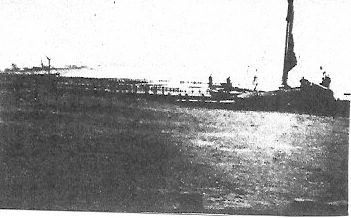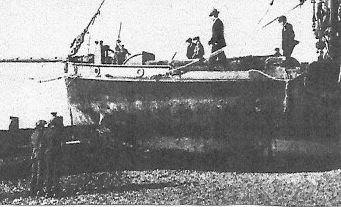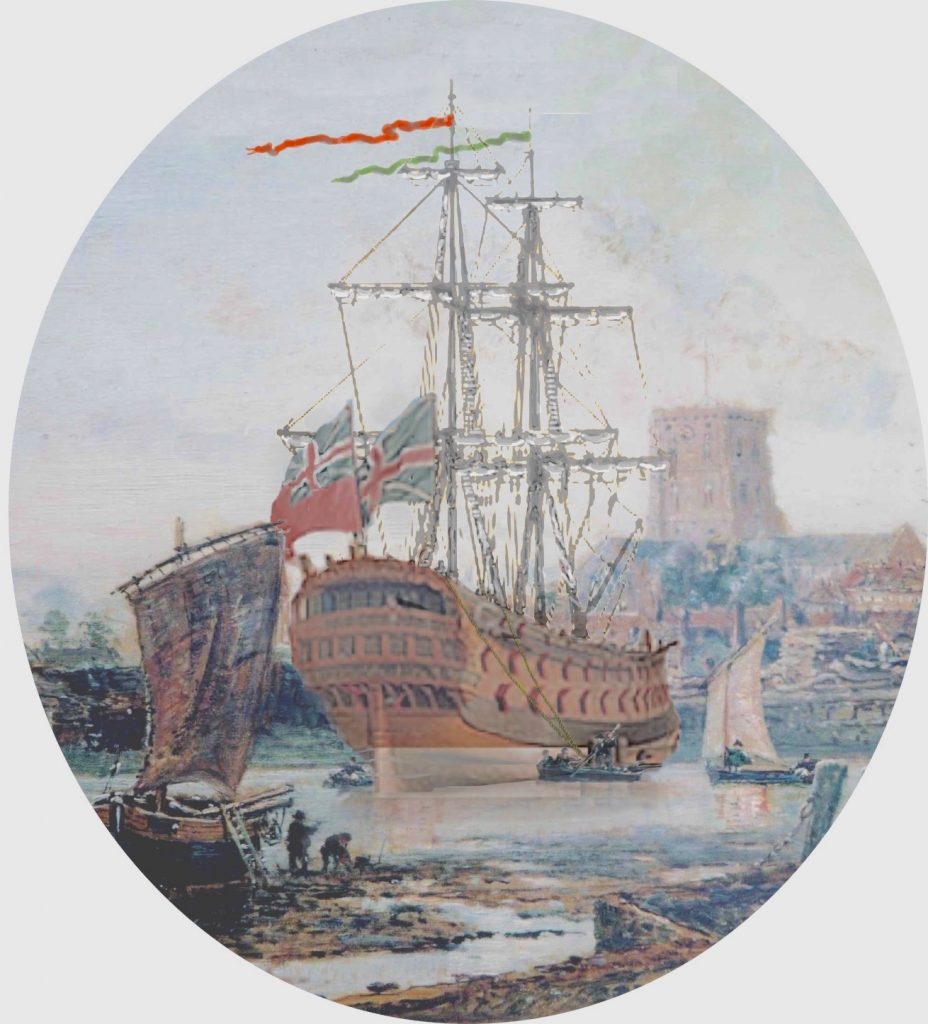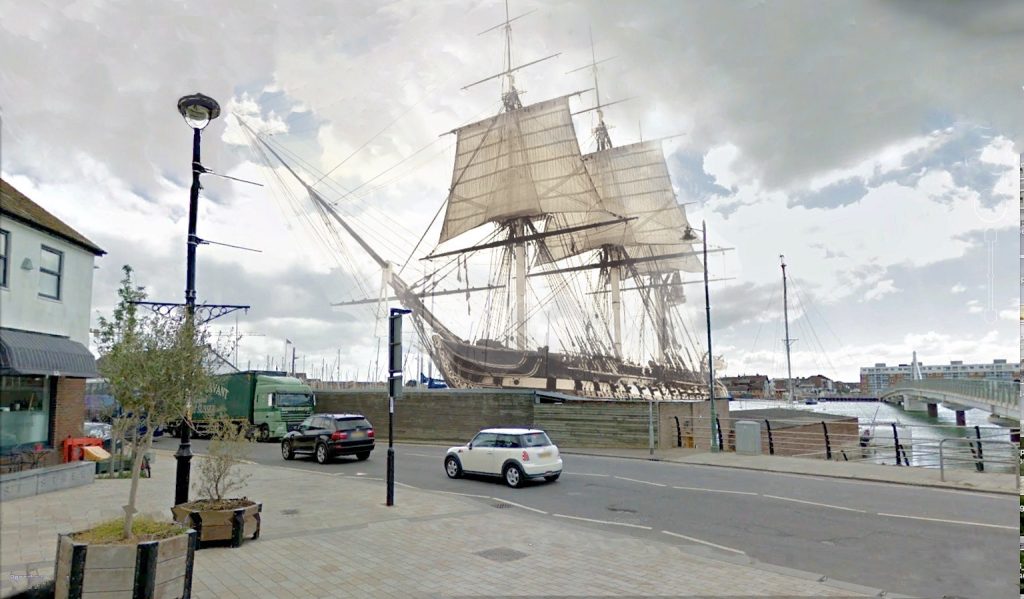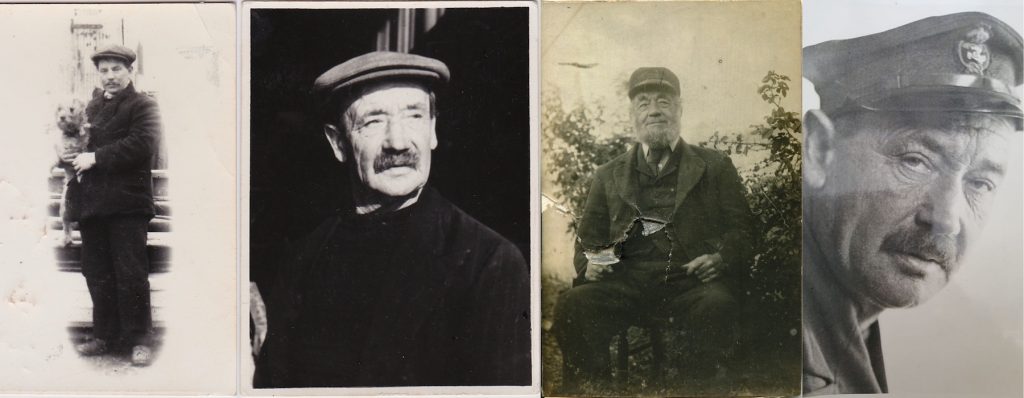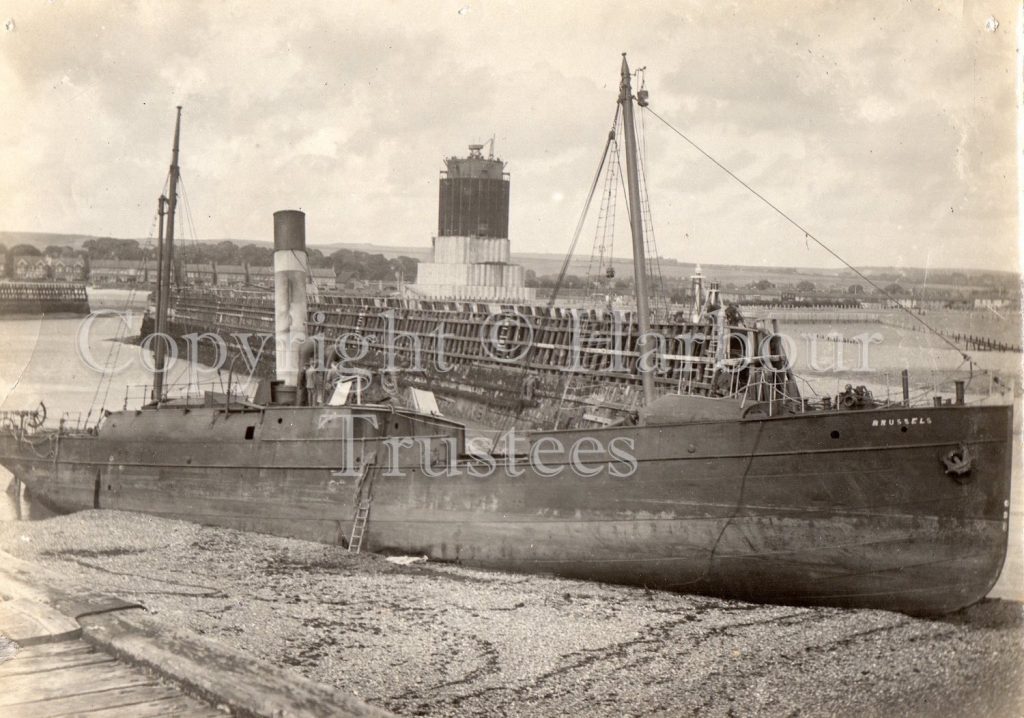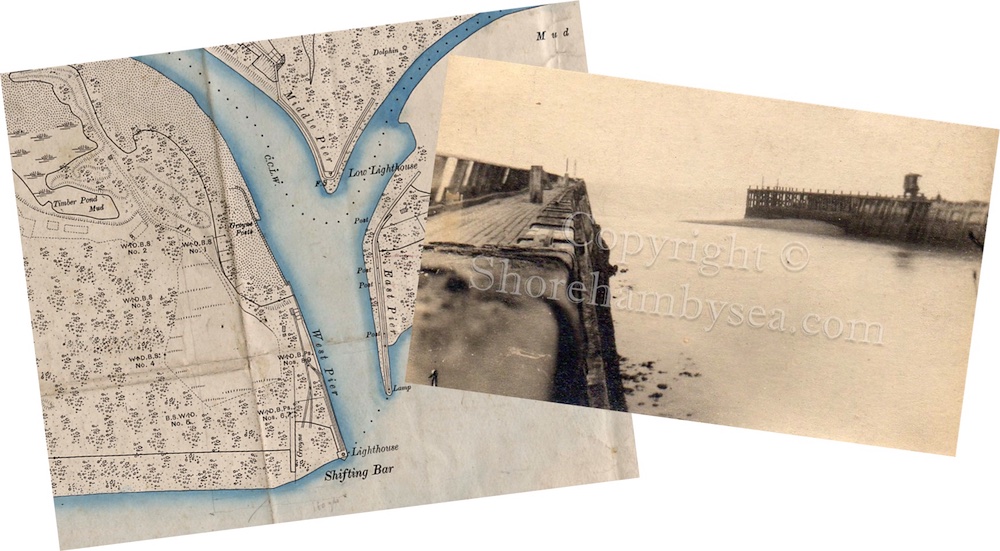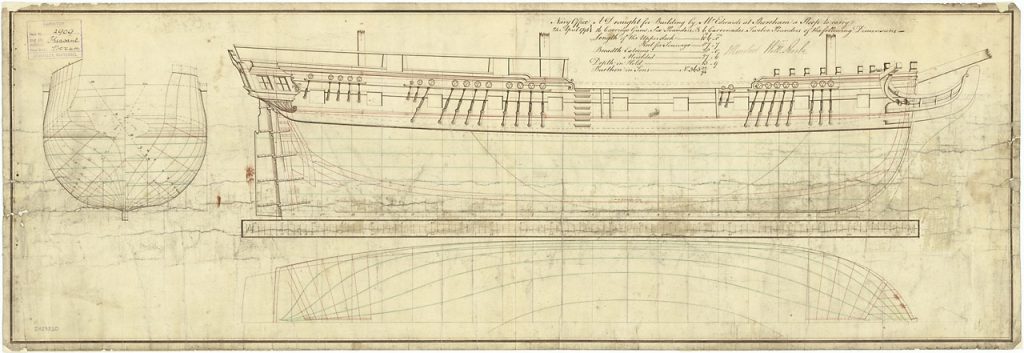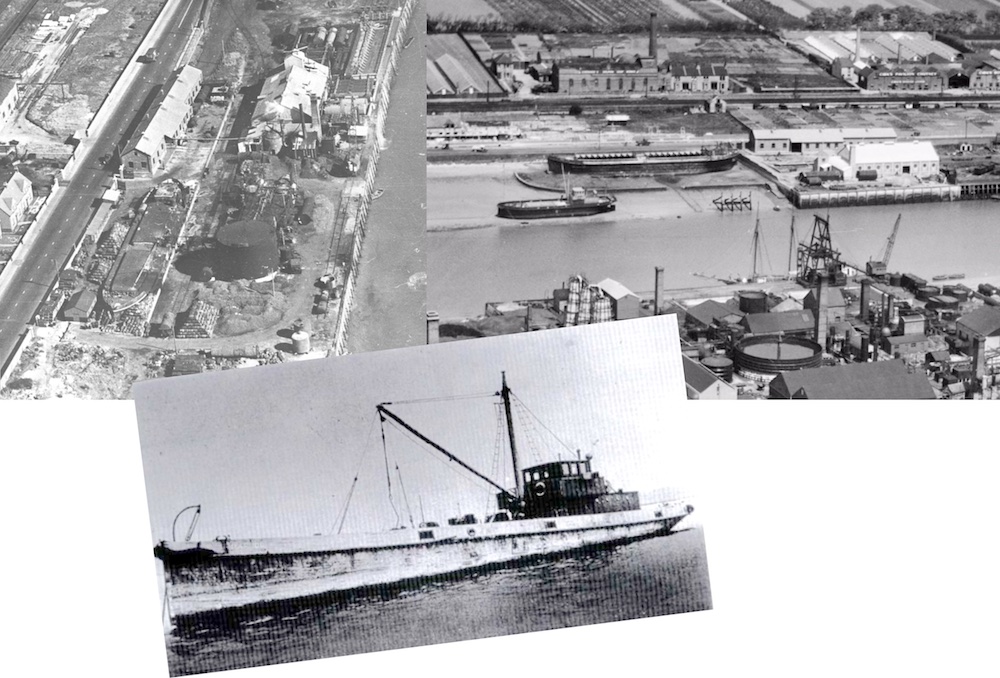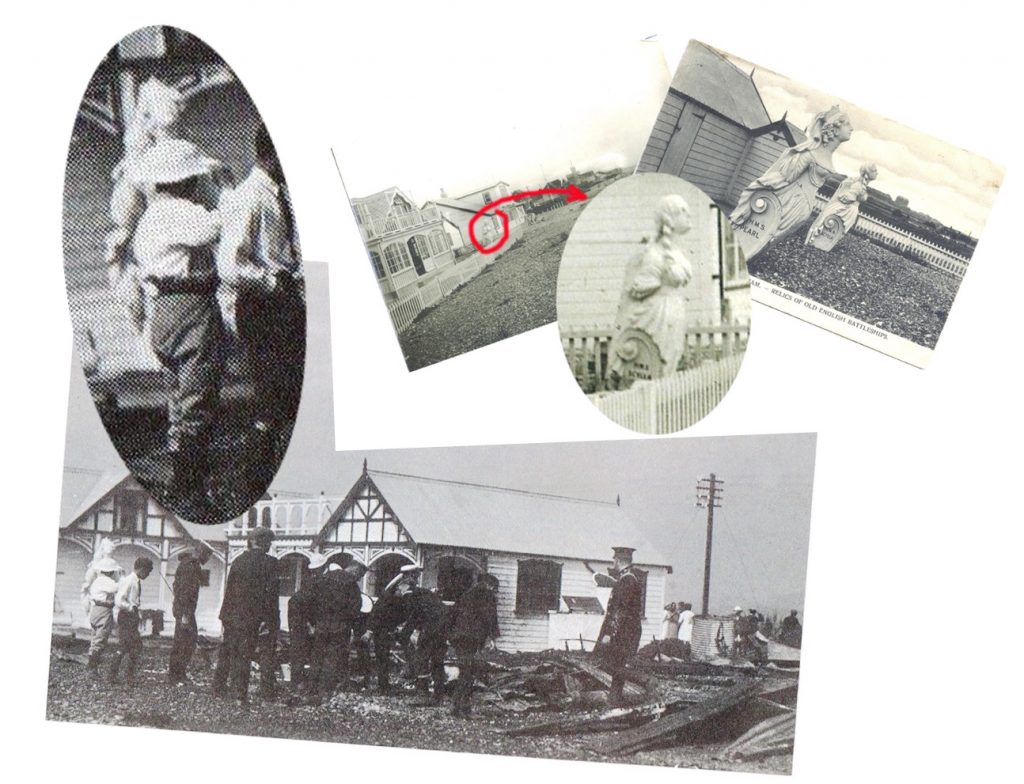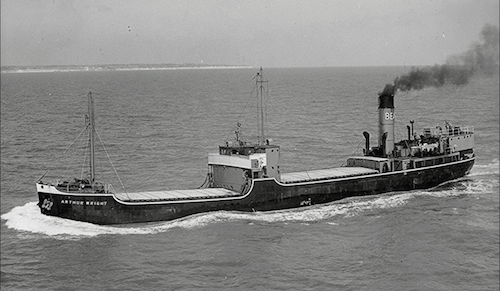Many of you will know of the monumental project to rebuild “Tally Ho”, who’s origins were at the old Stow’s shipbuilding yard at the bottom of East Street. She was built in Shoreham in 1910 as the “Betty” and had a varied career including completing the Fastnet race in 1927, traversing the globe, being wrecked in the Americas and eventually laying as a hulk for decades in the US. In 2018 she was rescued by Leo Goolden who set about rebuilding her to sail again. That project became a 6 year YouTube sensation that culminated this month with the re-launch of Tally Ho.
https://www.youtube.com/@SampsonBoatCo/videos
The history of Tally Ho (Betty)


